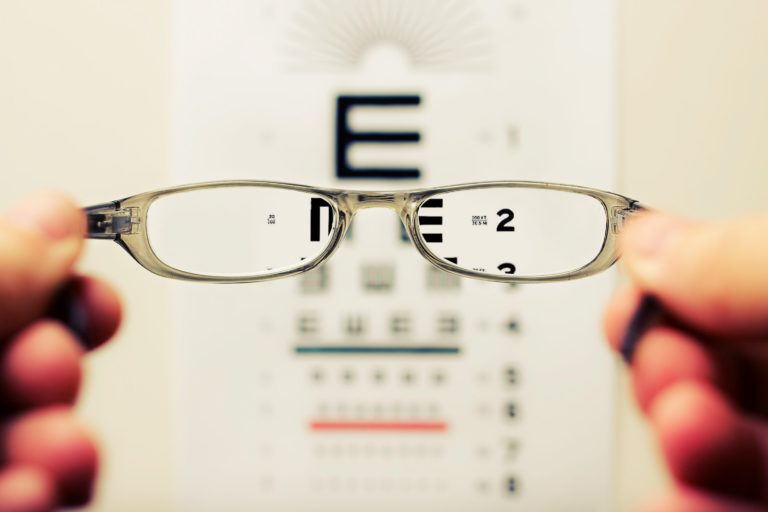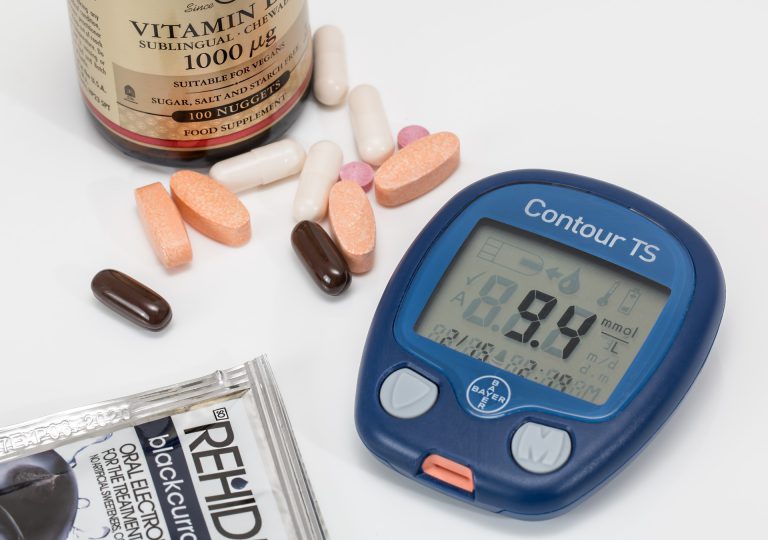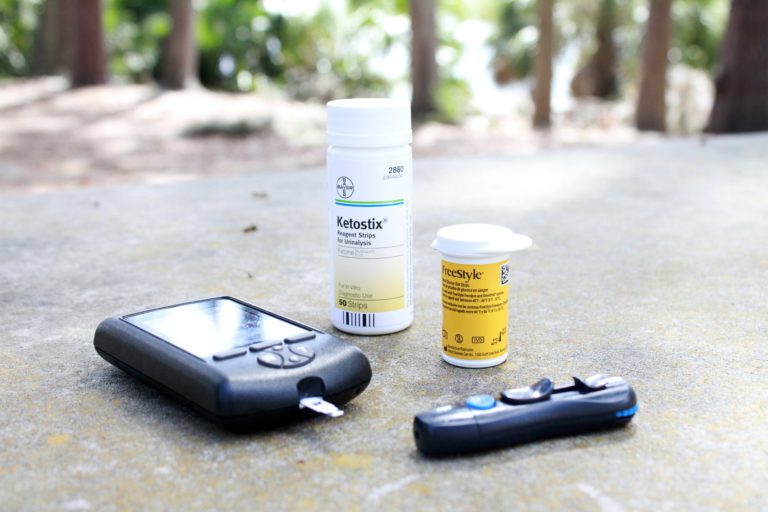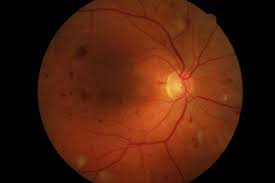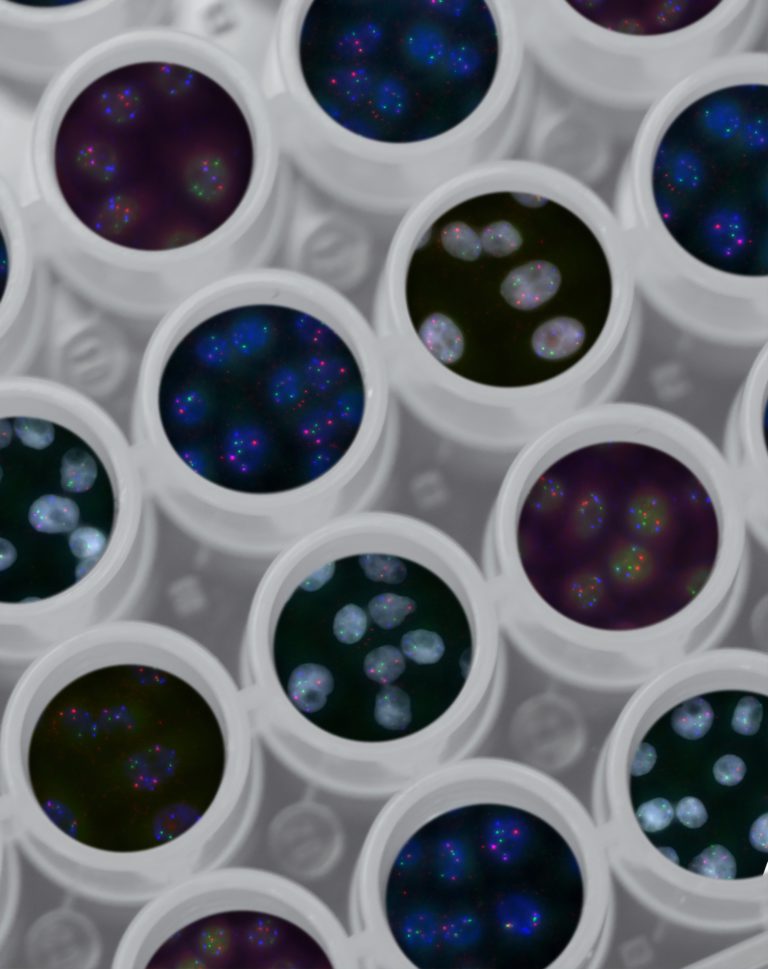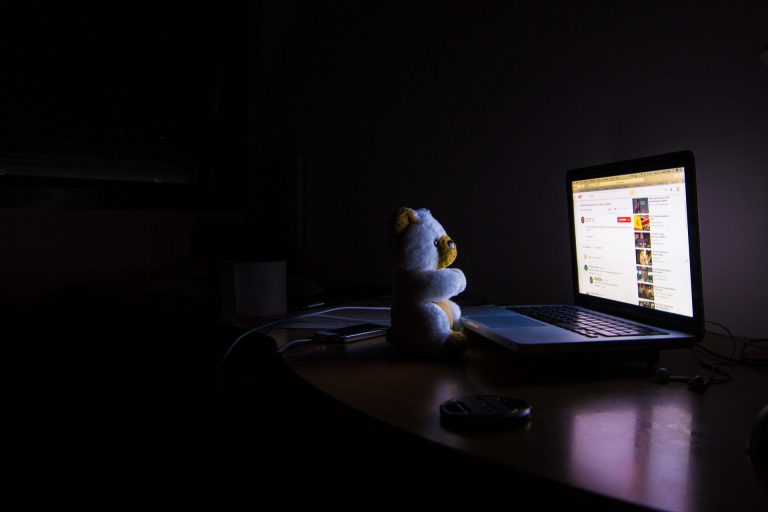Can You Get Rid of Type 2 Diabetes?
Bala Kamallakharan, an investor and founder of Startup Iceland, was diagnosed with pre-type 2 diabetes in 2005. He immediately decided to change course, changed his diet and began long-distance running. Despite this, he was diagnosed with diabetes almost a decade later. He found it difficult to understand why, as he exercised consistently and ate healthy foods. After a thorough search, he found the answers. He is now free of the drugs and has invested in the RetinaRisk app: “I wanted to invest in a company that promotes self-empowerment and allows people with diabetes to intervene in the development of the disease. That’s exactly what RetinaRisk does.”
In 2005, Bala decided to move from the US to Iceland with his wife and daughter, where he was offered a position at Íslandsbanki. “I decided to go for a health check before moving to Iceland. It turned out that my blood sugar was higher than normal and therefore I was more likely to develop diabetes.” The doctor suggested that Bala pay more attention to his diet and exercise routine to lose a few pounds. Bala decided to take matters firmly in his hands, as there was a history of diabetes in his family. “I had three weeks to change my diet before moving to Iceland. I bought a book called South Beach Diet and followed it devotedly.” Bala returned to the doctor just before leaving for Iceland. “My blood sugar levels had dropped significantly and the doctor urged me to continue on the same path when in Iceland and go for regular check-ups.”
Bala knew he couldn’t eat exactly the same diet in Iceland as in the United States. He therefore decided to place greater emphasis on exercise: “Íslandsbanki sponsored the Reykjavik Marathon and I decided to take part. I ran my first marathon in Iceland in 2006 and collected pledges for the Icelandic Diabetes Association,” says Bala proudly. He continued to train hard and ran seven marathons in four years around the world. Bala also cut out sugar, simple carbohydrates and soft drinks from his diet, but occasionally allowed himself to eat cake, ice cream, etc. “Running kept me on the right track – rigorous exercises and unhealthy eating habits do not go hand in hand.” Bala went to a doctor every year and everything seemed to be fine. With a changed lifestyle, he managed to keep his diabetes under control.
Extensive exercise, several marathons and careful eating habits – still the diabetes reappeared
In 2011, Bala’s father died. “My father was very active. His weight was fine, and he ate healthy food. The only thing that afflicted him was diabetes, and from that he developed cardiovascular disease. He had a heart attack and had to undergo bypass surgery. However, he did not recover after the operation and died as a result of it.” It turned out that the blood vessels in Bala’s father’s body were very blocked. “I was quite surprised to hear this, as my father had eaten a healthy diet, was active and was taking his medicine conscientiously. He did as the doctor suggested, and the drugs kept his blood sugar down.”
Bala decided to seek medical advice after his father died. “I wanted to know if the same thing was going to happen to me.” The doctor sent Bala for tests and found that the blood vessels had started to thicken more than was normal for his age, so he was put on anticoagulants.
Bala continued his regime, running on a regular basis and watching his diet. “In 2014, I ran in the Boston Marathon. It went well and I reached a good time. A few months later, I went to a regular doctor and found out that my blood sugar had risen to the highest levels. The doctor booked a time for Bala to see an endocrinologist. “The doctor said I had type 2 diabetes. It was very surprising to me and I had a hard time accepting it. I didn’t believe it, as I had done everything as before. However, the doctor said that there was no point in arguing – the numbers spoke for themselves. “
Experimented on Himself
Bala was advised to take medicine for diabetes, which he did. “The drugs were not a good fit for me and made me feel bad. In the middle of the day, my hands began to shiver, and I was out of energy.” Bala felt that he could not continue like this and booked another appointment with the endocrinologist. “I told the doctor something weird was going on. She wanted to put me on other drugs, but I didn’t want that,” says Bala, adding: ” I felt that I had been in good health before starting the drugs, so I was suspicious. I wanted to know what was really going on.”
Bala says he became obsessed and read everything he found about diabetes. “Not only for my own sake, but also for my father’s. The more I read, it seemed to me that if people are able to exercise, they can get rid of type 2 diabetes. This didn´t add up completely, as despite being in very good shape, I had become diabetic. I also didn’t understand why all these drugs were being prescribed if diabetes could be cured with exercise and other lifestyle changes.”
Bala told the doctors he was going to stop taking the drugs and experiment on his own for several months. “However, I wanted to do this in cooperation with the doctors and my wife. I assured everyone that I would, of course, seek help if I were to feel very ill.” In his quest for knowledge of type 2 diabetes, Bala came across an article stating that people from Southeast Asia might have a genetic mutation that results in their bodies not adequately processing some of the nutrients in their diet: “The body then responds as if it were auto-immune. Blood sugar rises to counteract it, so taking the drugs on top of this leads to the body reacting in unusual ways.”
Bala did not let this stop him. He began to investigate which food types affected his diabetes: “I decided to do very focused experiments on myself. I used a blood glucose monitor to find out what foods were causing the blood sugar to rise.” An hour after Bala had eaten certain foods, he measured his blood sugar. “After a week, I came up with a pretty clear picture. After that I stopped eating the food that had this effect on my body. Shortly after stopping eating these foods, my blood sugar levels dropped.” Bala says these foods consisted of simple carbohydrates. “It was mainly processed foods that had this effect – everything that comes from cans or boxes. However, when I ate a clean diet my body reacted in a totally different way.”
“When the container is full, it will overflow when you continue to fill it”
Bala says that it was not only the food that had this effect on him – it was only one of the factors: “At this point I was 42 years old. Studies show that after forty, fat burning slows down and the body’s muscles begin to shrink. With endless running exercises, I (had the same) muscle mass. Another thing that caught my attention was that I always had a bit of a tummy no matter how much I exercised. I found it very strange.”
Once again, Bala began to look for answers: “I found that the inner fat, – i.e. the fat between the organs, first appears in the stomach area when there is too much of it. My body was not transforming the food I ate into energy, but transforming it into fat that was building up, even though I was exercising hard. I found that the fat percentage in my body was way too high based on my weight. So, I began to focus even more on eating high protein foods and boycotting carbs, beyond what I got from vegetables. After a few weeks, I saw a huge difference. It started to tone the muscles of my body and the belly disappeared, which was a pleasant surprise,” says Bala. He smiles, as he can be proud of the results.
Related to his research, Bala also followed the methods of Dr. Jason Fung, who runs the ´Diet Doctor´ in Toronto, Canada and is very well known in this field: “I will say that he solved the mystery for me. According to Dr. Fung, it is very simple – the nutrients that the liver fails to process will build up in the body as fat over time. The sugar or glucose is stored in the body’s muscles and the liver. When your muscles get smaller and you continue to eat the same as before, the body has no place to store the sugar and therefore it appears in the blood. It takes time for the sugar to turn into fat. Therefore, blood sugar levels rise naturally, but not because there is something wrong with the body. There will be imbalances in the body’s ability to store sugar and the food consumed.”
Bala says that this can be explained simply: ” It’s just like pouring water into a glass. When the container is full, it will overflow when you continue to fill it.” Realizing this, Bala decided to focus on different types of exercise: “I started lifting weights to increase muscle size, thus increasing the storage capacity for sugar in my body. I still run, but nothing like before.” Bala has achieved great results: “By eating almost exclusively protein, fasting, focusing on increasing the body’s muscle mass and meditating daily, I am free of type 2 diabetes.”
He hardly believed his own eyes when it became clear that the long-term blood sugar levels (HbA1c) had become normal: “In one year, I had been able to make significant changes in my physical activity. Today I take no drugs for diabetes or anticoagulants, and all clinical values are normal. But that is not the only benefit, because today my stamina is much better and various types of pain I felt before have disappeared. It wasn’t easy, but if you decide to change your lifestyle, it’s possible. “
Retina Risk is unique and encourages self-empowerment.
Bala says that his doctor became very interested in the changes he had made: “She wanted to write an article with her colleague about my success. I encouraged her to do it, because I wanted more people to take advantage of this knowledge and possibly also defeat type 2 diabetes. It is very important to encourage people and that is what I want to focus on. “
In his search for an interesting investment that could contribute to the self-empowerment of those with diabetes, Bala contacted Dr. Einar Stefánsson, professor of ophthalmology, since he knew that Einar had been working on an app that promoted prevention and education: “I wanted to contribute and invest in self-empowerment companies and that’s exactly what RetinaRisk offers.” RetinaRisk is an app that allows people with diabetes to assess and monitor their individualized risk of developing sight-threatening diabetic retinopathy that can lead to vision loss or even blindness.
“The great thing about this app is that it gives each and every one results based on their personal data and not the normal averages. Those who use the app insert their personal value, such as their long-term sugar, blood pressure, etc. The app then calculates the risk of a diabetic eye disease and makes it possible for the user to seek timely medical assistance. With features allowing e modifiable risk factors, the app demonstrates how improvement of blood sugar or blood pressure levels can lower the risk of developing eye disease,” says Bala eagerly, adding: “It is so much more inspiring for a person to see what is really happens to with their body when they take matters into their own hands – it works so much better than general instructions. In this way, the individual becomes an active participant in their own health care and can react in a timely manner. With information based on their own individualized results, the individual is empowered to take part in their own wellness journey and take on the responsibility.”
The app is very easy to use and contains educational materials and instructions that should facilitate each individual’s self-empowerment. “RetinaRisk is a preventative device because it helps the individual to cope with their condition. When a person knows exactly what he or she needs to do to improve his or her condition, it is easier and more understandable. This is especially important for those with diabetes because they have so much to say about how the disease develops. RetinaRisk is based on decades of research; over the last 10 years, efforts have been made to develop the RetinaRisk algorithm.”
Einar Stefánsson, professor of ophthalmology, is the originator of RetinaRisk along with Dr. Arna Guðmundsdóttir, Endocrinologist, and Prof. Thor Aspelund, a mathematician. The RetinaRisk algorithm is based on extensive international research and is clinically validated in 20,000 people with diabetes in the Netherlands, Spain, Denmark and the UK. The clinical validation showed that the predictive ability of the algorithm is very accurate. RetinaRisk predicts what will happen if nothing is done to prevent diabetes. “So, the scientific foundation of the app is very powerful and that’s what makes RetinaRisk so unique. It has been verified,” says Bala, and it is clear that he has great faith in it.
“Already, thousands of people around the world have downloaded the RetinaRisk app and I am really pleased about this. We want as many people as possible to take advantage of RetinaRisk – therefore it is free and accessible to everyone, now even in Icelandic.”
Text: Alda Áskelsdóttir
This article originally featured in the 2019 magazine of the Icelandic Diabetes Association.




